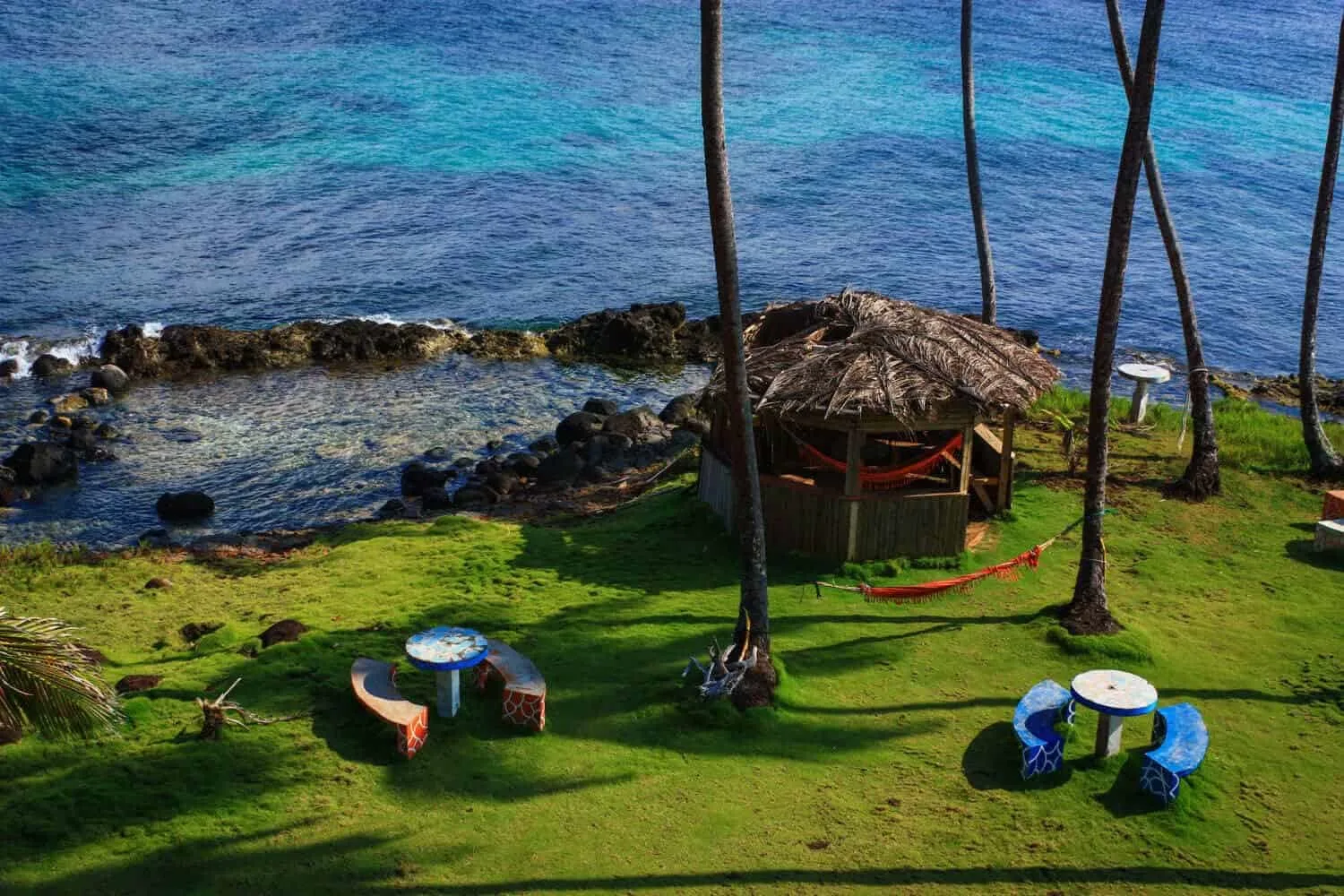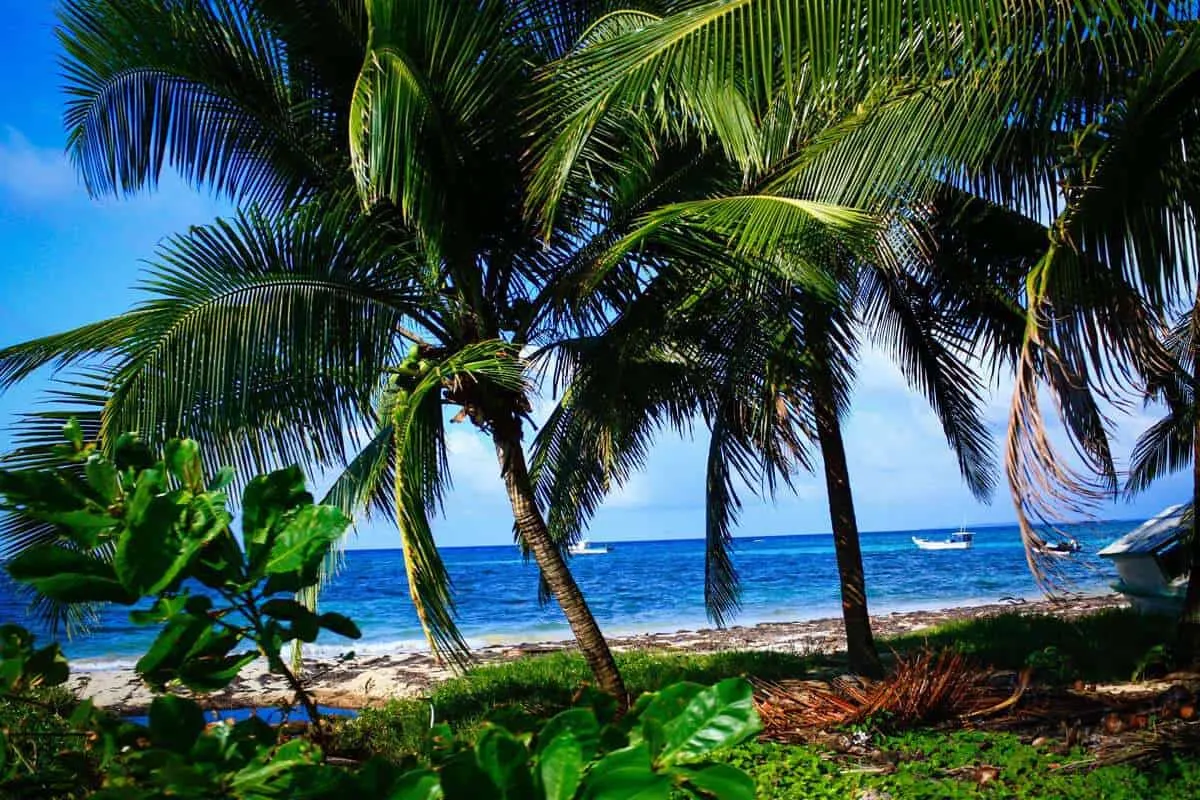When people talk about Nicaragua’s Corn Islands, their eyes light up.
Imagine what the Caribbean was like 50 years ago, before the crowds, cruise ships, and the resorts.
If you’re keen on leisurely lounging in a hammock, savoring a few tranquil rum drinks while anticipating the day’s fresh lobster catch brought in by local fishermen, you’ll find happiness in Nicaragua’s Corn Islands.
Whether it’s snorkeling off untouched, immaculate shores or simply unwinding in a laid-back beachfront hut, soaking in the rhythmic waves, there are so many activities in the Corn Islands that will make this placeyour paradise!
Life is pretty sweet on The Corn Islands.
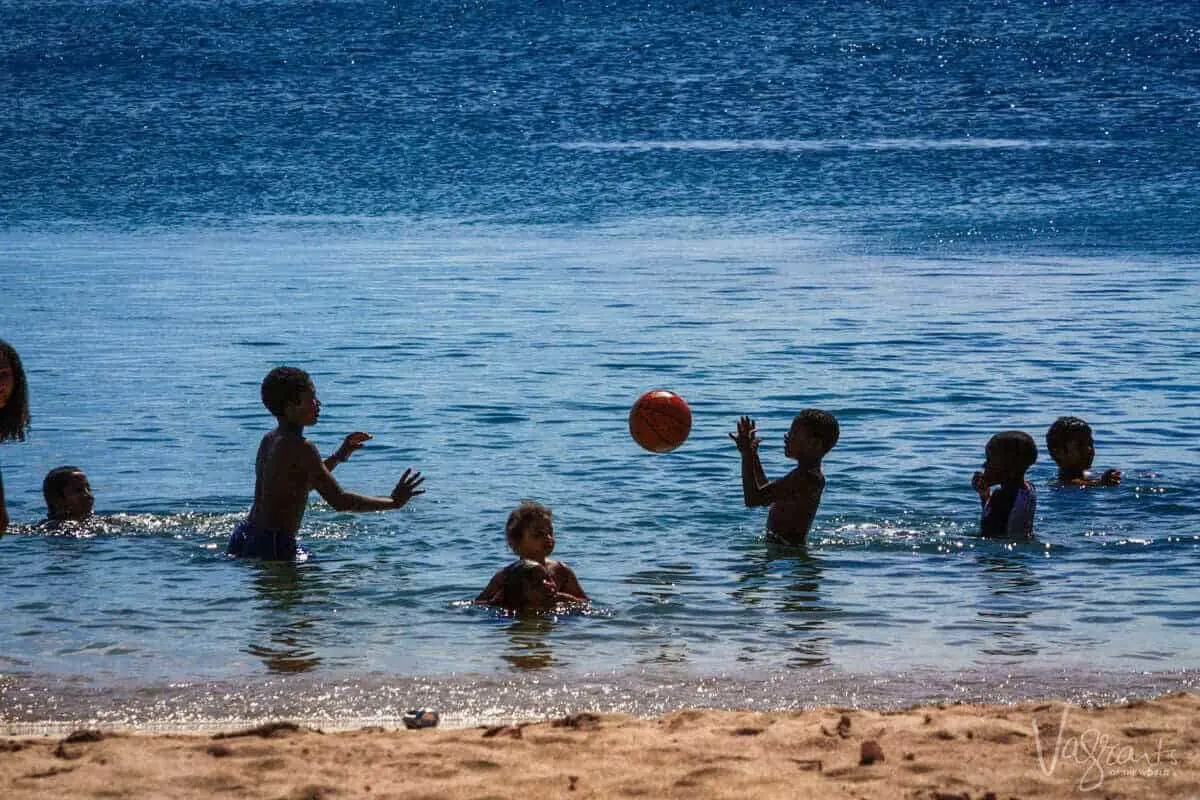
Want to Know What to Pack for Nicaragua? Our Ultimate Packing list for Nicaragua has you covered with what to pack whether you’re boating down the Rio San Juan, climbing volcanoes, or relaxing on the Corn Islands.
About the Corn Islands
The Corn Islands don’t boast luxury. If you’re seeking a lavish 5-star island getaway, you might not find it here. There are some truly beautiful islands in Nicaragua, including Optepe – and seeing the Corn Islands will show you how amazing this country can be.
However, if you crave a fantastic island vibe and warm hospitality, where you can unwind and relish the delights of a simpler island lifestyle, then the Corn Islands are precisely what you’re looking for.
Prepare to lose yourself in the timeless allure of these islands, where leaving might become an afterthought.
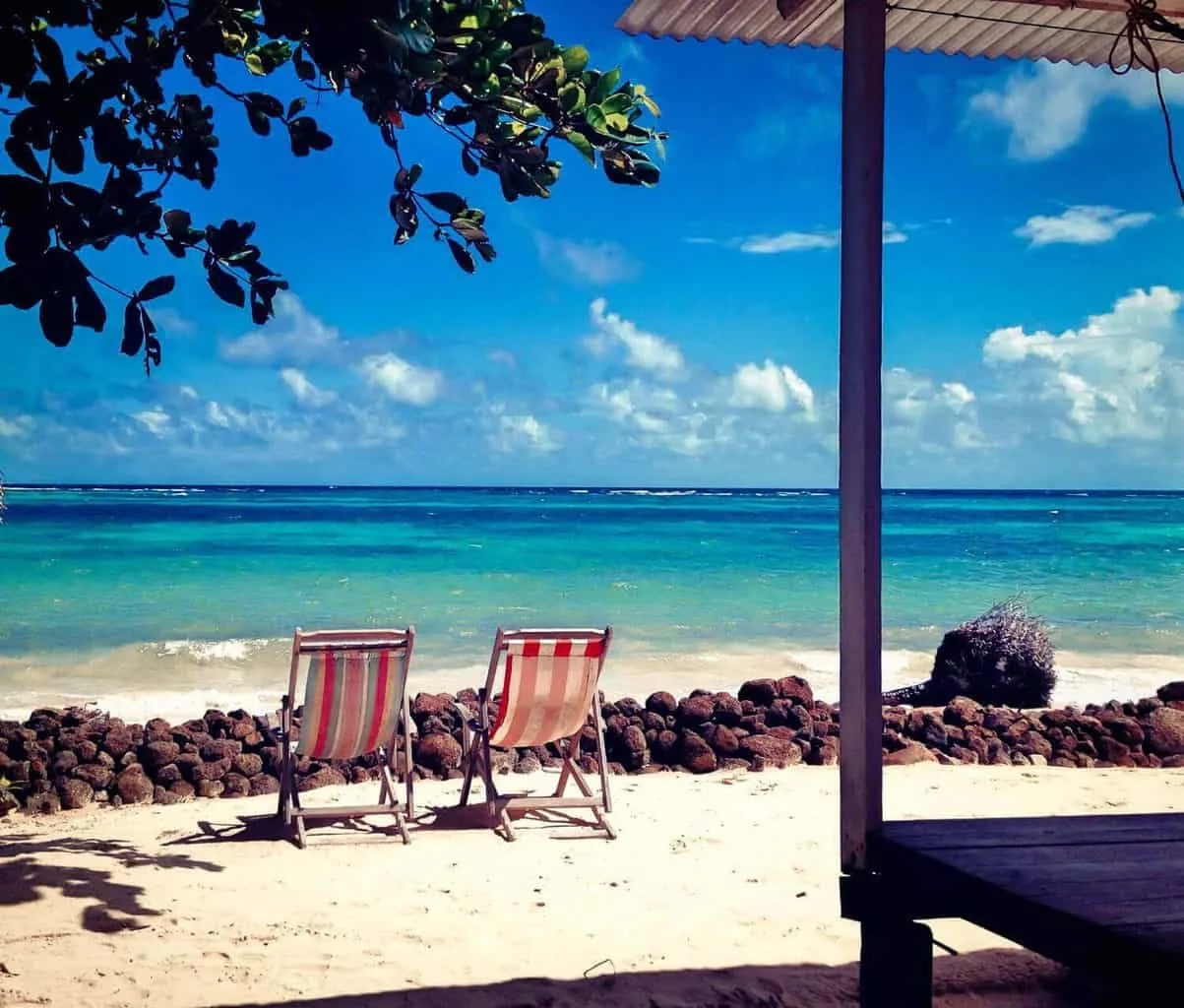
Nicaragua has immense diversity in its regional cultures and landscapes. From the southern Rio San Juan to Matagalpa’s hill country, or even the bustling city of Granada. But the Corn Island’s may just be the most beautiful in all of Nicaragua.
Due to a strong Caribbean influence, not only do these Nicaraguans look that little bit different, but they also speak differently. Mostly Creole English, as well as Spanish, is spoken on the Corn Islands and they move to a very different beat.
You are in paradise on the Corn Islands, something the locals know all too well.
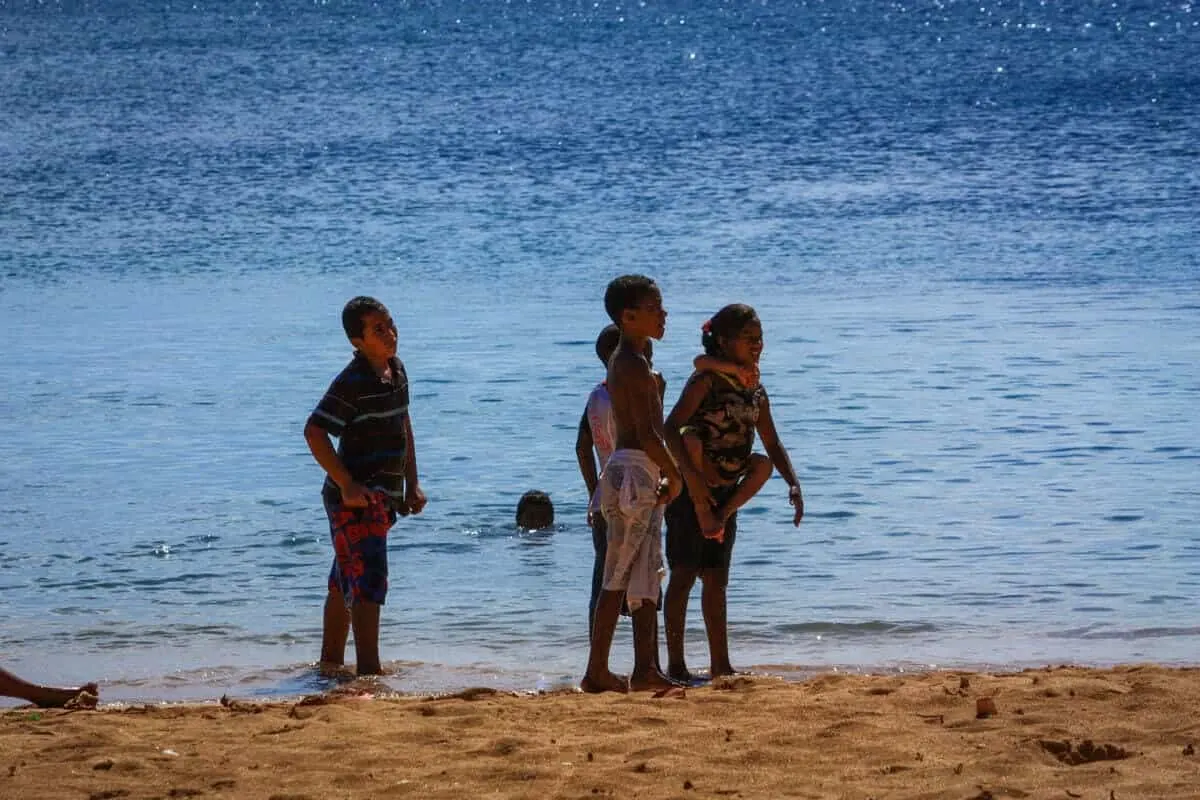
Best Times of Year to Visit
Temperatures remain relatively stable on the Corn Islands, with the most notable variations occurring in humidity levels and the transition between wet and dry seasons.
Rainy Season
Typically, October and November stand out as the wettest months. Nonetheless, it’s worth noting that if the forecast predicts rain during these months, it often implies only a possibility of precipitation.
Dry Season
March to May typically mark the driest months.
September frequently stands out as the prime month of the year, boasting both sunshine and tranquility.
Shoulder Seasons
December, January, and February generally experience dry conditions with occasional tropical downpours and breezy weather. The same pattern extends through June, July, and August.
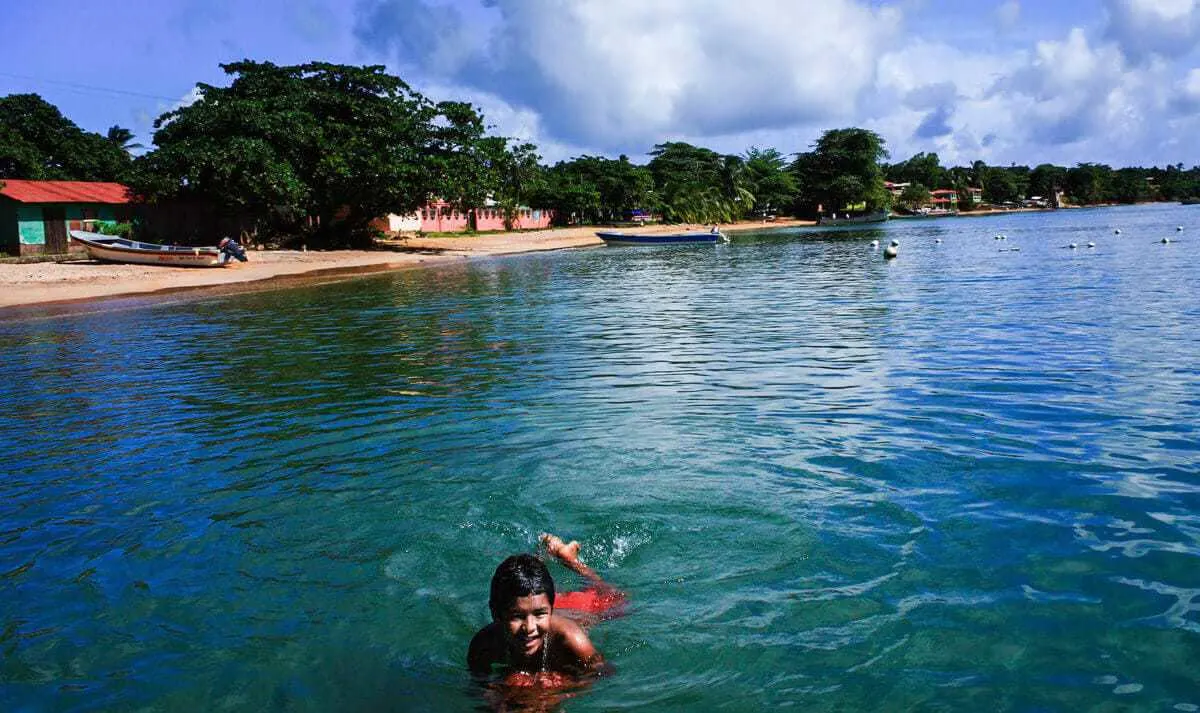
How to Get to the Corn Islands
Flights to The Corn Islands
- La Costeña has three flights daily from Managua to Big Corn Island. Expect fares of $200 USD rountrip or around $100 one way. These prices may vary according to the season.
Transfers from Big Corn to Little Corn Island
- The only way to get to Little Corn Island is by boat.
- There are usually two scheduled pangas (small boats) per day, leaving Little Corn Island to coincide with flights. These will usually be early morning and early afternoon.
- The panga will cost about $7 USD each way.
Important Information for the Little Corn Island Ferry
Prepare for the panga transfer by bringing along large garbage bags to shield your luggage, especially if the sea is rough and splashes are likely. Passengers will be provided with a large plastic tarp to hold over their heads to mitigate water exposure.
Protect Your Valuables
If you have any valuable items such as phones or cameras, you may want to consider taking a lightweight dry sack to put those things in and keep them in your lap.
We wisely safeguarded our cameras by wrapping them in plastic shopping bags within dry sacks, securely stowed beneath our clothing. Despite being drenched upon arrival, our cameras remained unharmed.
Our guide to keeping your valuables safe on the beach has some great waterproof and anti-theft gear, ideal for your journey to the Corn Islands and Nicaragua.

Ferry to Big Corn Island
- Scheduled ferries depart Bluefields from the river port of Rama to Big Corn every Wednesday morning around 9.00AM and return to Bluefields Thursday morning.
- The trip will take around 6 hours and cost ~ $12 USD one way.
Getting from Managua to Rama (Bluefields)
- Express buses depart Managua for Rama at around 9:00PM and arrive at around 3:00AM. A one-way fare will cost ~$8 USD
Tip on Flight & Ferry Schedules
Flight & ferry schedules will vary depending on the time of year and can change frequently. Always check before setting dates.
For up to date information on Little Corn Island accommodation & transport schedules check out this great reference – Little Corn Island.net
Big Corn Island
Corn Island, affectionately known as “Big Corn.” Despite its nickname, the island spans just under 10 square kilometers, making it relatively modest in size. However, when compared to its smaller counterpart, it indeed earns the title of the Big Island.
Unfortunately, many visitors bypass Big Corn Island in favor of Little Corn Island, a decision we find regrettable.
Big Corn Island boasts breathtaking beaches, abundant opportunities for diving and snorkeling, and an array of laid-back bars and restaurants. However, don’t anticipate anything overly extravagant.
What sets Big Corn Island apart is its vibrant and welcoming culture, unlike anything we’ve encountered elsewhere in Nicaragua. Life here is refreshingly uncomplicated compared to mainland living.
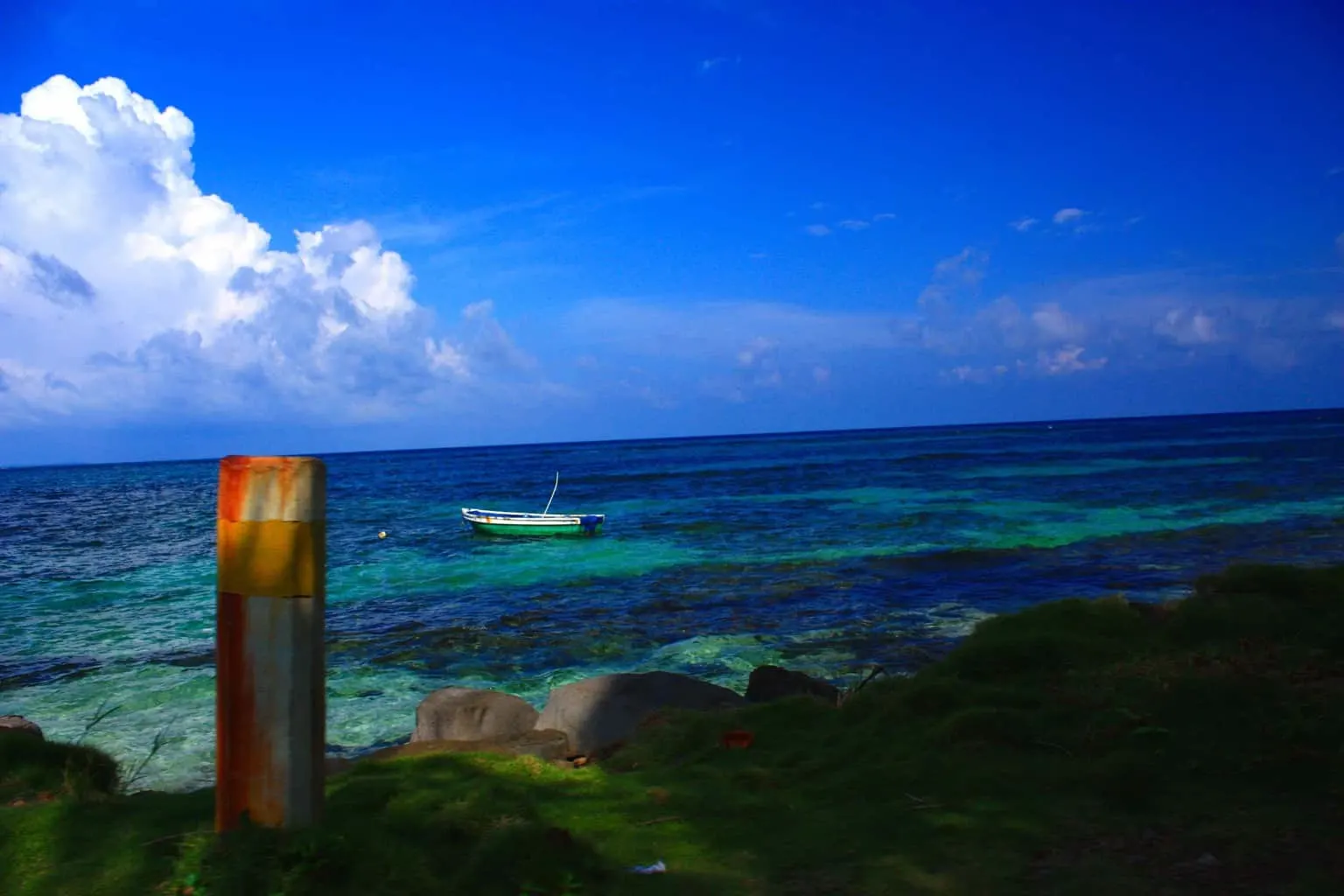
Taxis on Corn Island
There will be plenty of taxis at Corn Island Airport vying to take you to hotels or the Little Corn Island transfer boat.
Taxis on Corn will cost you around around $2 USD per person per trip anywhere on the island. Don’t be surprised if you are sharing with strangers, have to detour to pick someone up along the way, or stop for a chat.
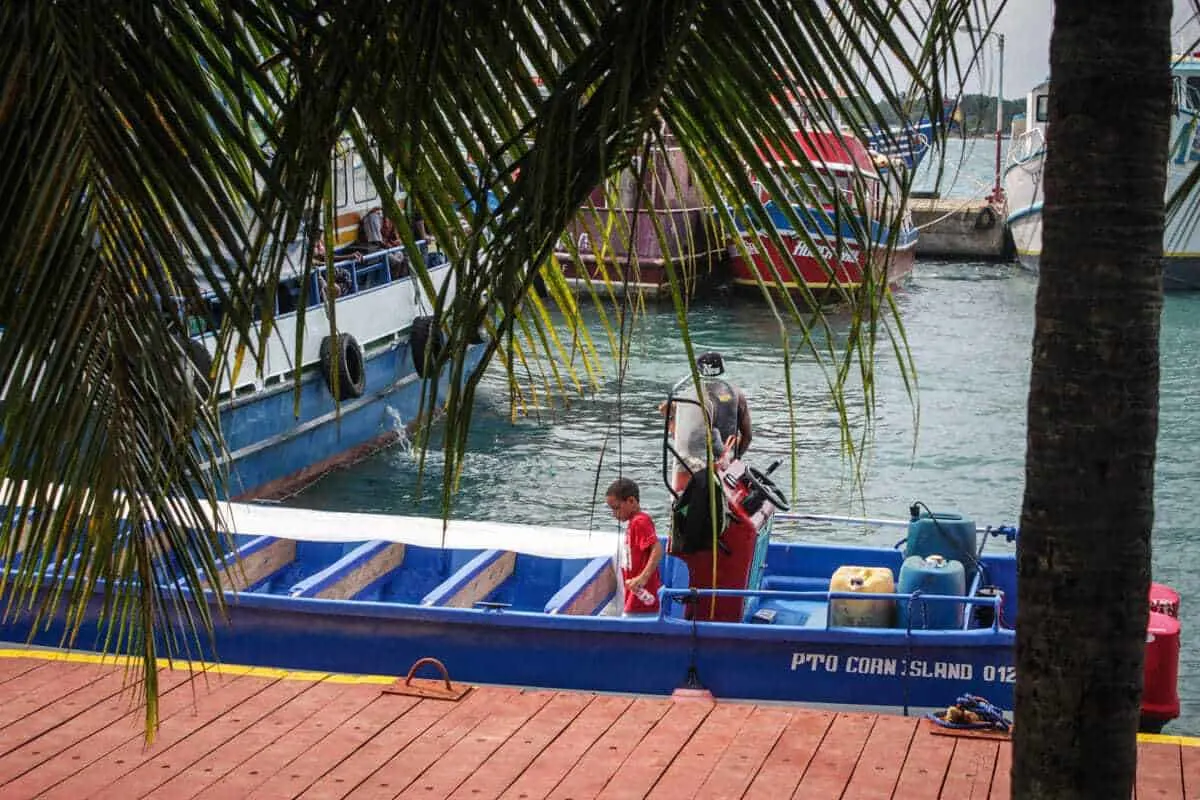
Accommodation on Big Corn Island
We spent a couple of days at the lovely Casa Canada, a perfect introduction to life on the Corns.
Accommodations on Big Corn Island span from budget-friendly and cheerful hostels to well-established hotels and resorts. However, don’t anticipate finding any accommodations at the upper echelons of the 5-star market – at least not yet.
There are a variety of places to stay on Big Corn Island. Some of our favorites include:
La Princesa De La Isla: Set in a rustic, thatched property and adjacent bungalows a minute’s walk from the beach with incredible panoramic ocean views.
The Orange House: A charming guesthouse offering bright, airy rooms with a communal kitchen and garden area.
Arenas Beach Hotel: Located on a beautiful stretch of beach, this hotel features comfortable bungalows, an on-site restaurant, and beach bar.
Sunset Bay B&B: Offers beachfront accommodations with stunning sunset views, personalized service, and a relaxing atmosphere.
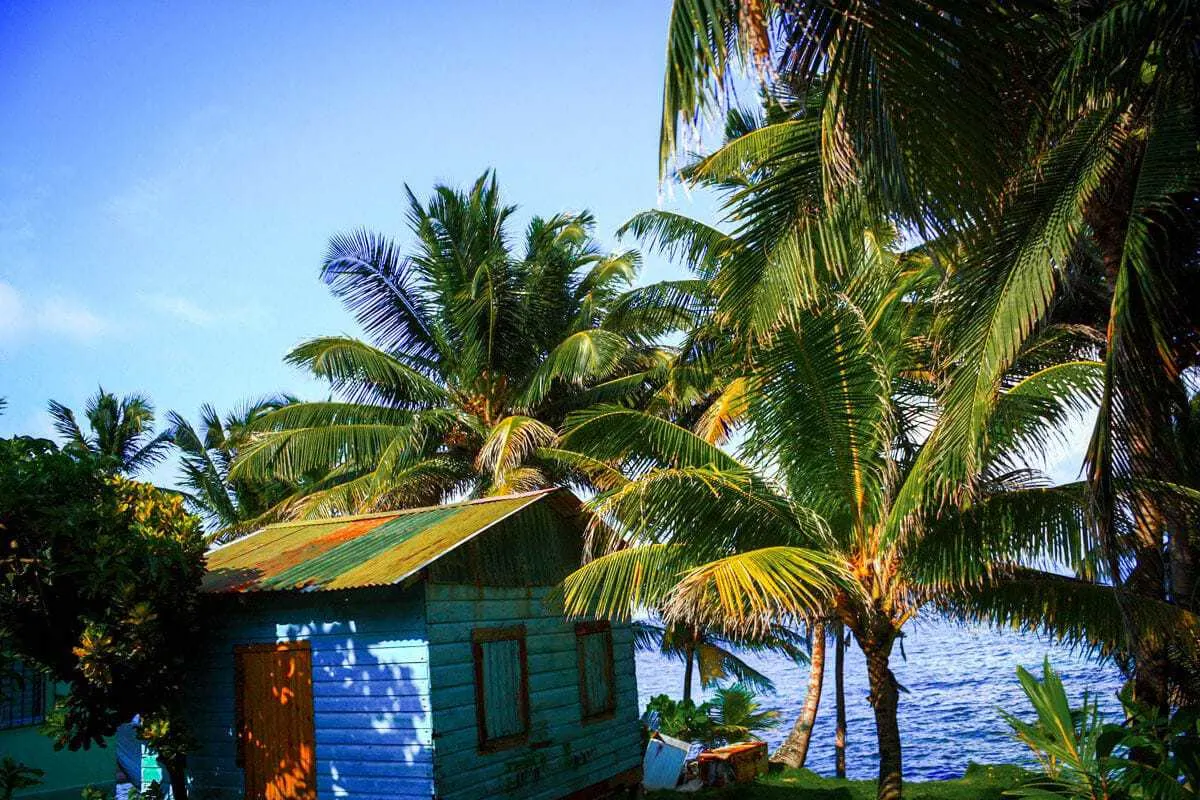
Dining on Big Corn Island
While tourism is on the increase, the primary industry of The Corn Islands is fishing; mainly lobster and shrimp for export which means there is no shortage of great dining.
We dined on excellent fresh seafood for around $20 USD for both of us, including drinks, at one of the fancier establishments.
Some of the best food we had was at our favorite restaurant on the island, The Buccaneer. We also enjoyed delicious meals at The Dive Cafe and Sea Side Grill.
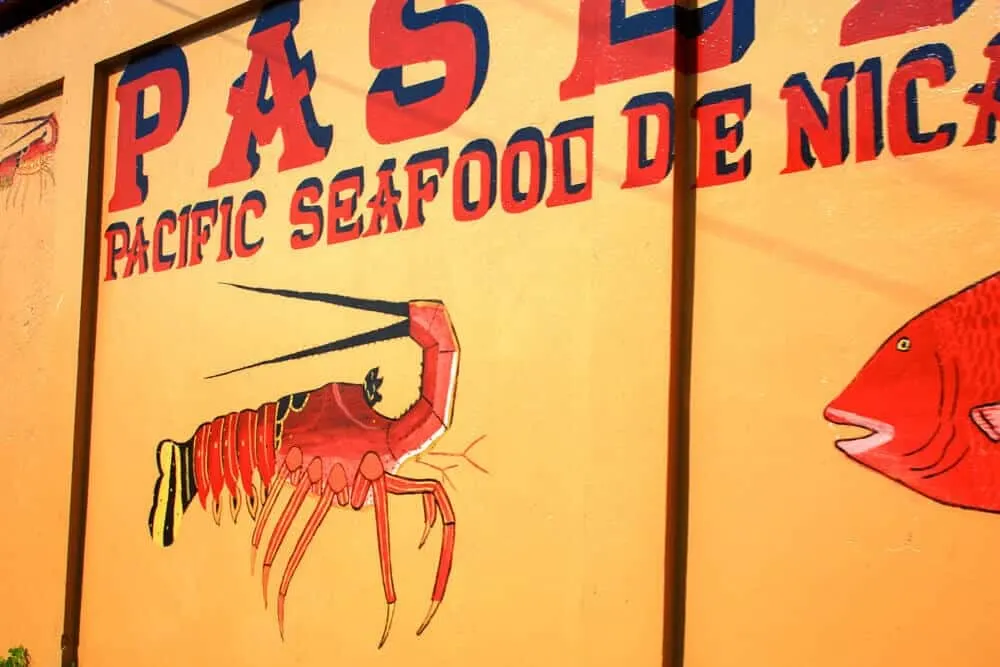
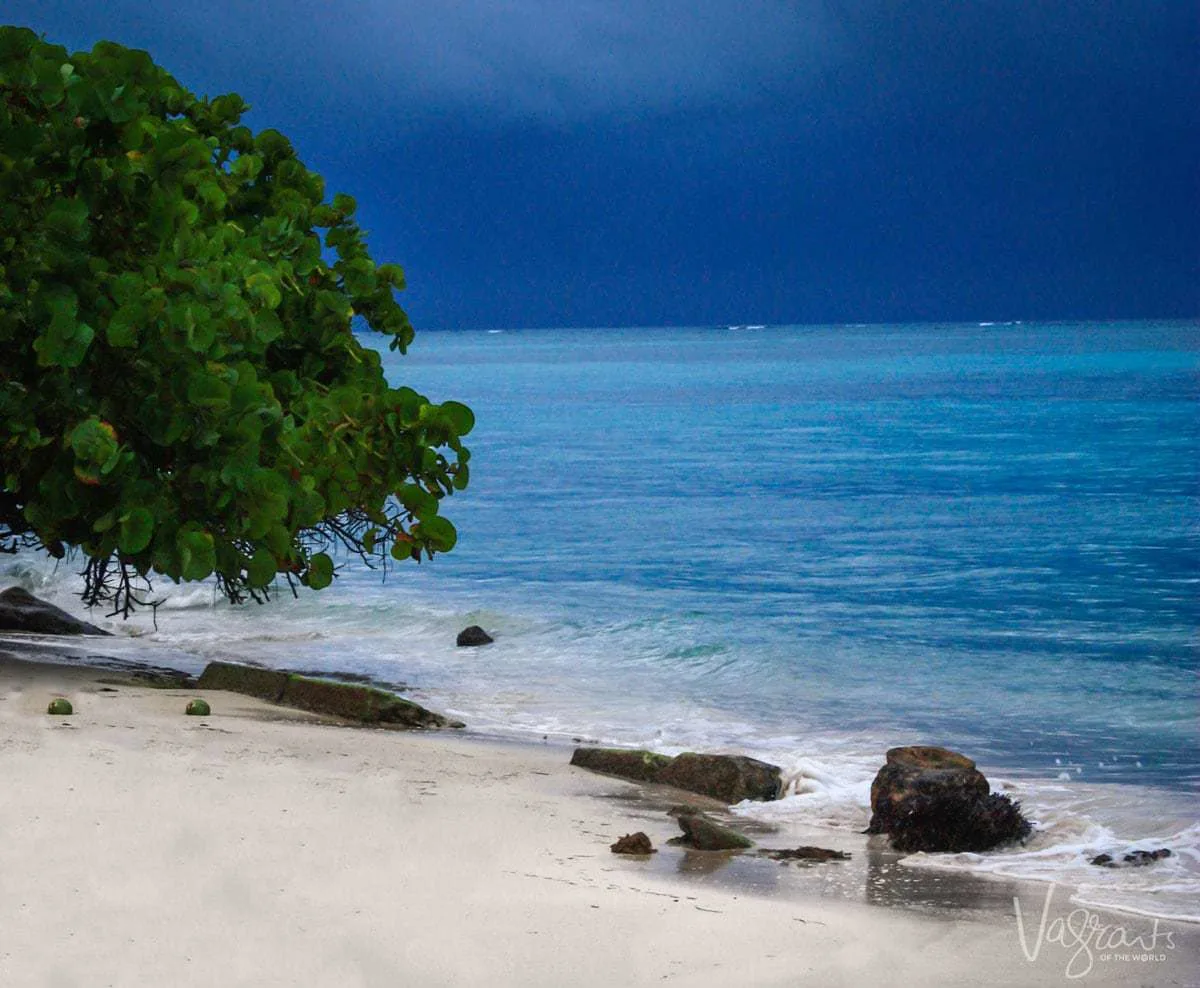
Little Corn Island
Arriving at Little Corn Island
When you arrive on Little Corn Island, you will not find taxis; there are no cars at all on Little Corn Island. The only way to make it around is on foot or via bicycle. But on an island that is only 2.9 sq km, who needs wheels?!
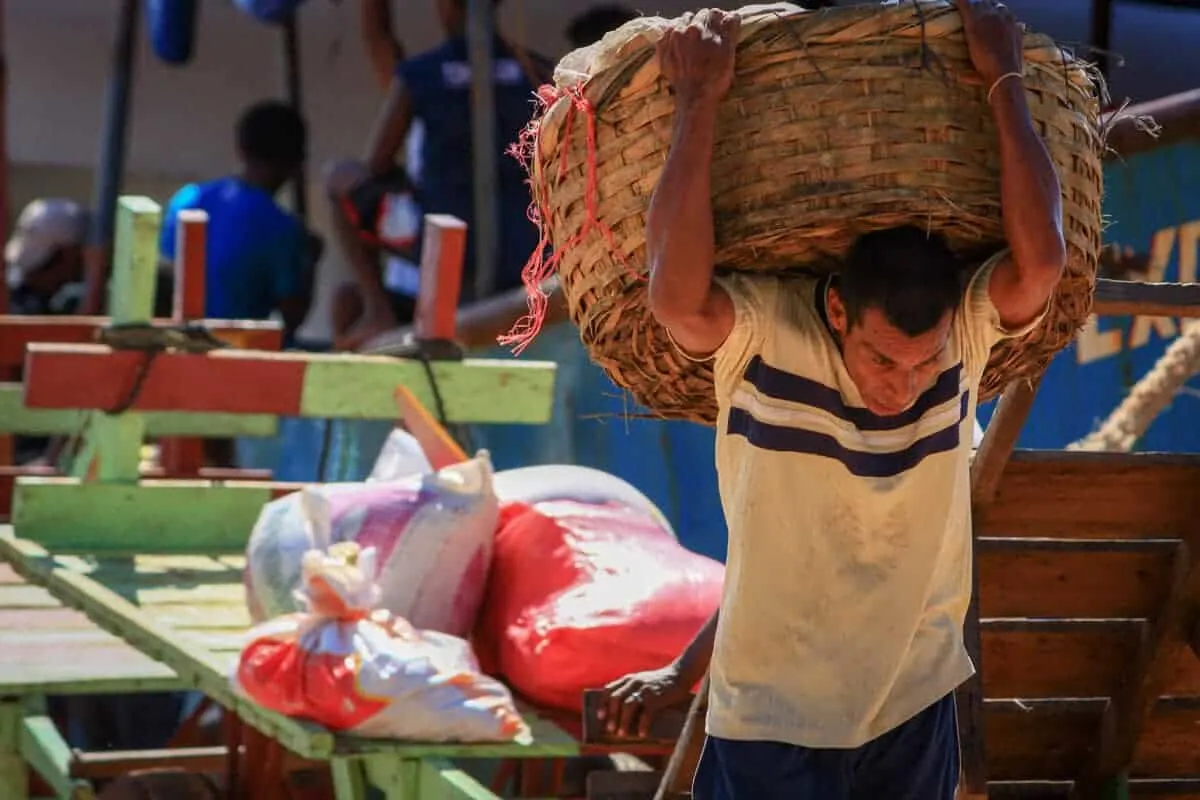
Even on barge day, when all the supplies for the island arrive, everything must be manually transported on foot to its final destination.
Aligned along the docks, rows of purpose-built wooden trolleys eagerly await to offload the awaited goods.
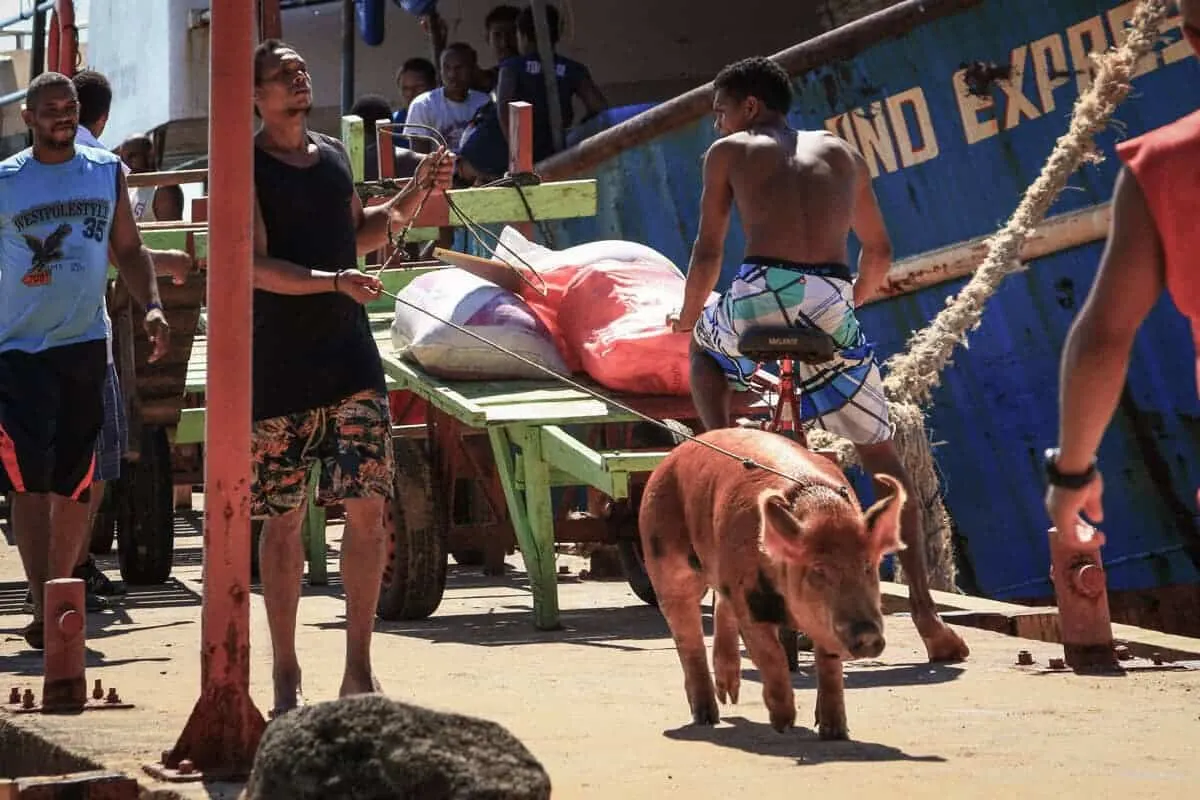
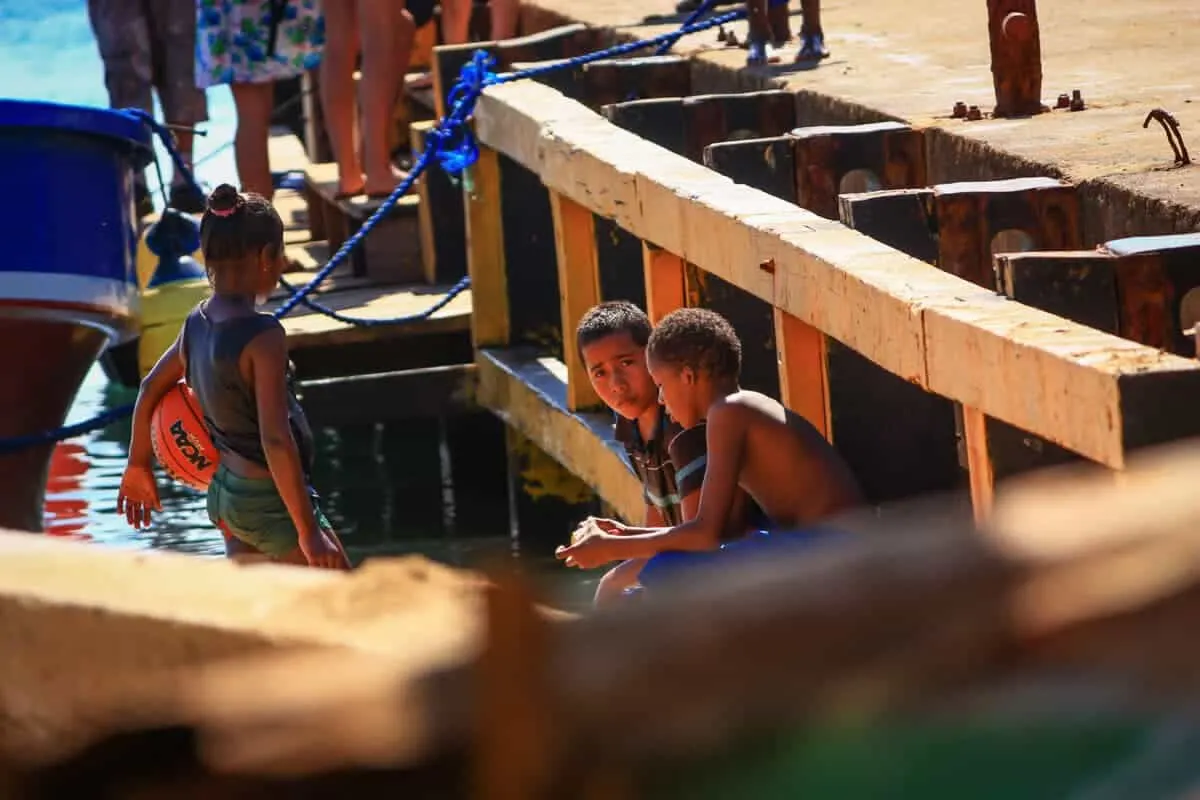
It’s not hard to find things on Little Corn, and you certainly won’t run into traffic on the main drag.
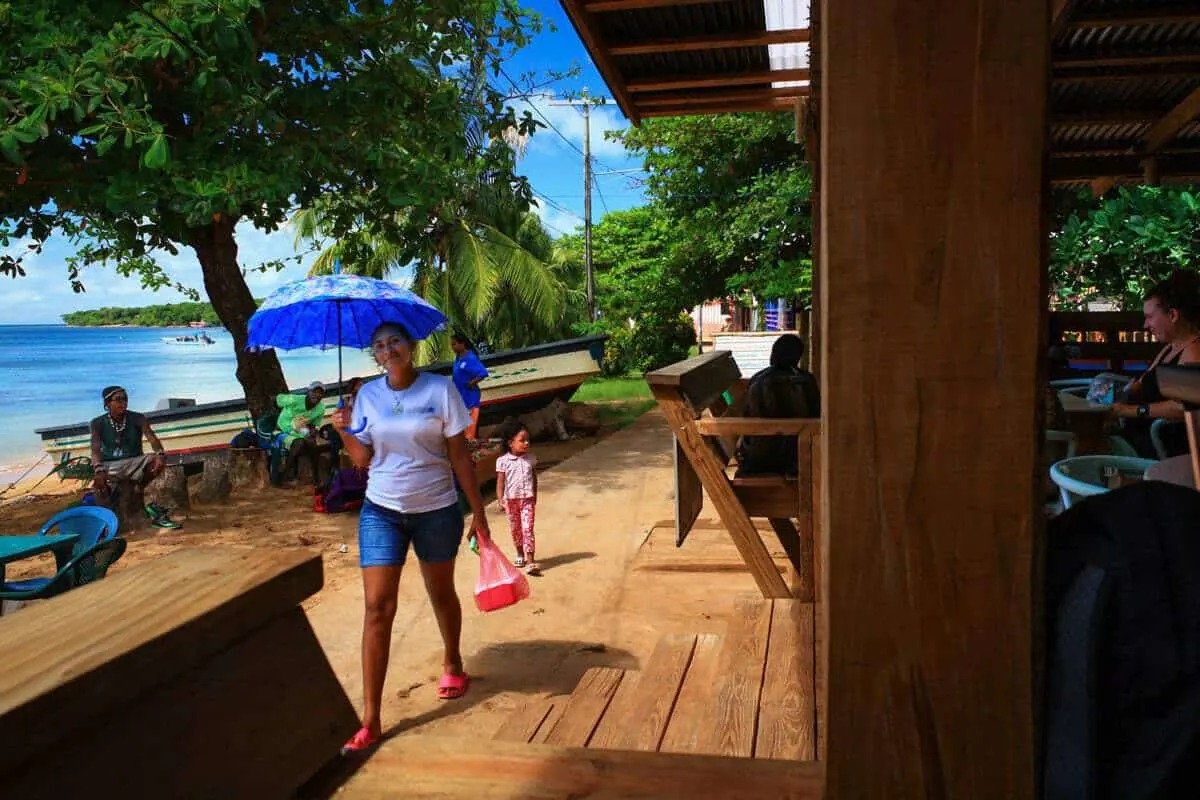
Accommodation on Little Corn Island
Accommodations on Little Corn vary from very cheap and basic (~$15/night) to somewhat higher end (~$100/night).
There are some extremely beautiful and relaxed places to stay in Little Corn Island. We stayed at Carlito’s Place, which is one of a number of small properties sitting right on the beach, on the eastern side of the island. They offer colourful beach huts which have a bed, a bathroom, a mosquito net and an incredible view of the Caribbean Sea.
Some of the other amazing places you can stay on Little Corn Island include:
Derek’s Place Eco-Lodge: An eco-friendly lodge offering rustic cabins nestled in lush gardens, providing a serene and sustainable stay.
Sunshine Hotel Little Corn Island: An amazing spot that offers beachfront accommodations a 12-minute walk from Otto Beach and provides facilities like a garden, a terrace and a restaurant. Every room is equipped with a patio with garden views and free WiFi.
Las Palmeras Ocean View Hotel and Dive Center: This charming bed and breakfast, established in 2014, offers cozy accommodations with a garden, bar, shared lounge, free WiFi, family rooms, a public bath, and an on-site restaurant serving all-day meals and cocktails, just a five-minute walk from Pelican Beach, with bicycle rentals available for guests.
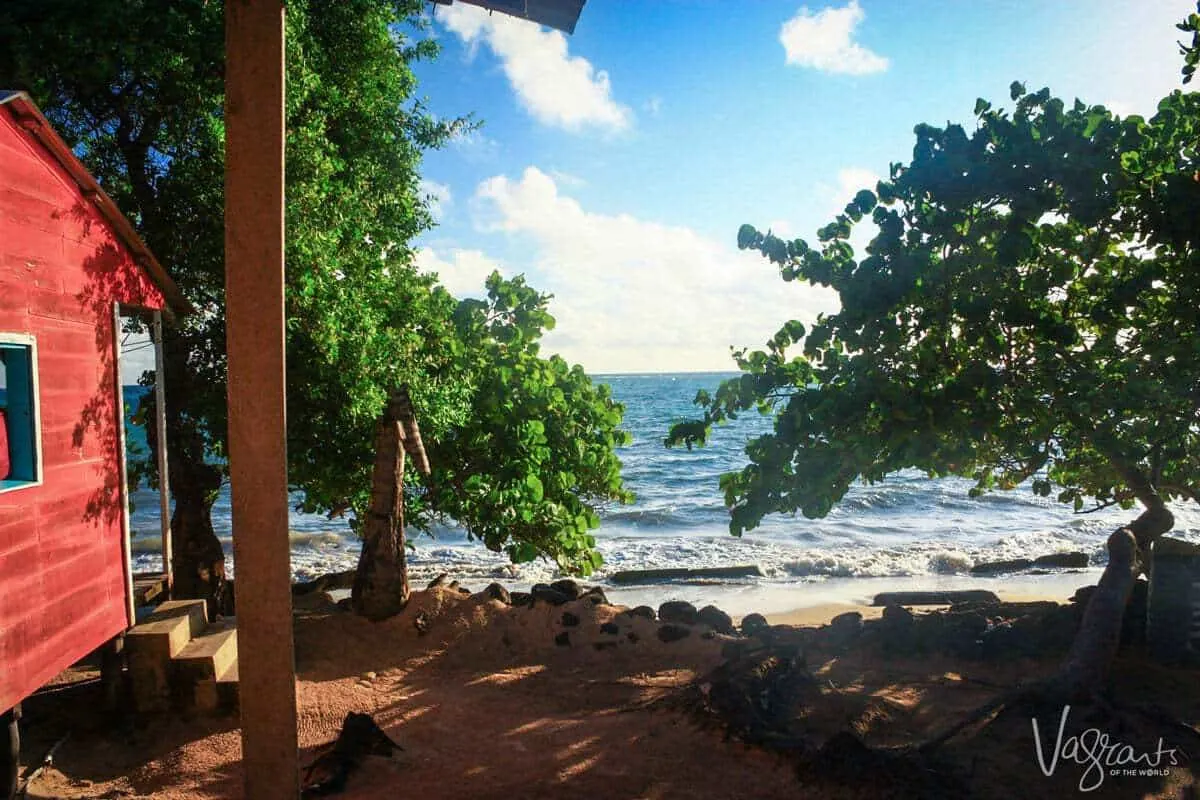
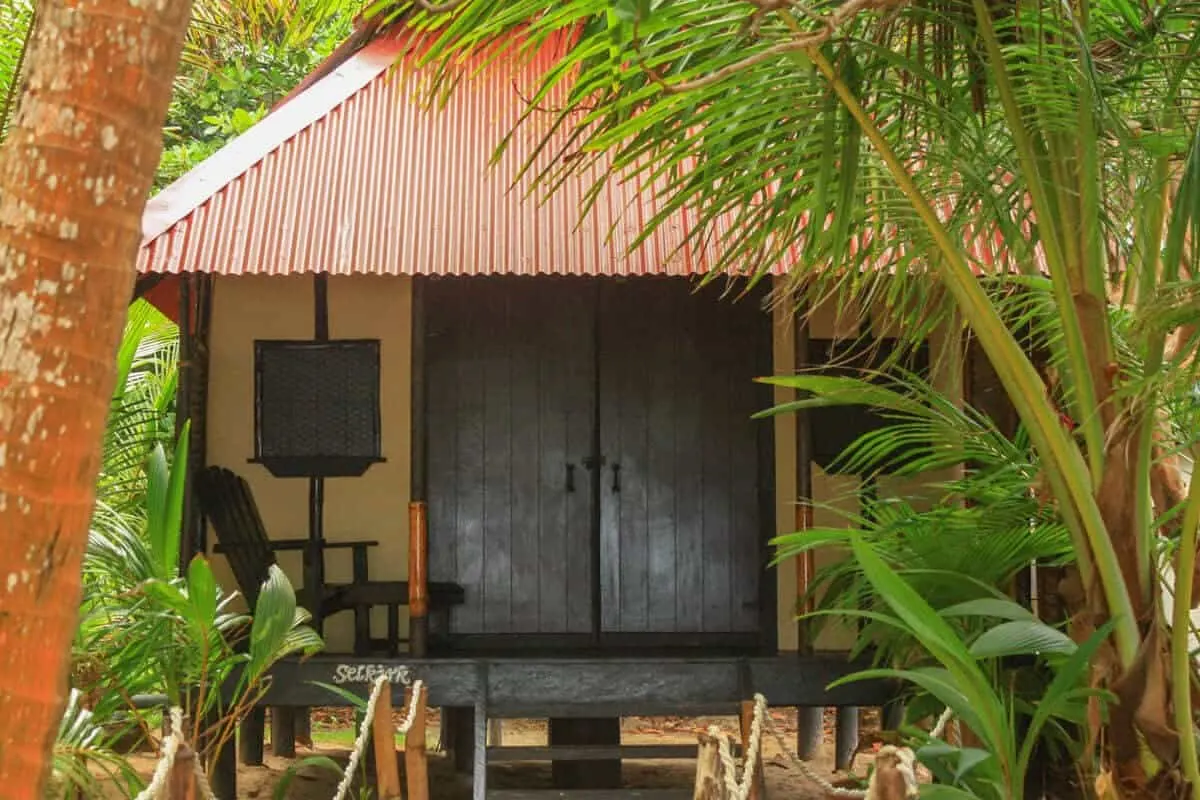
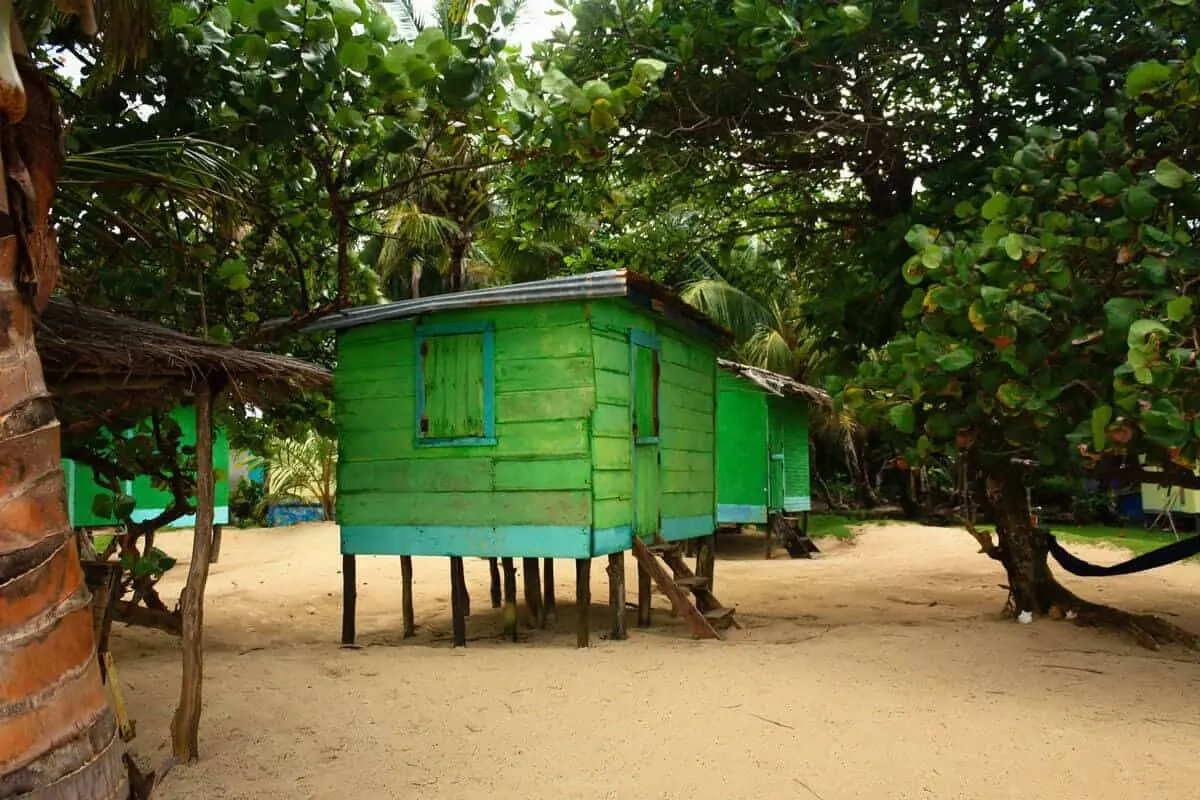
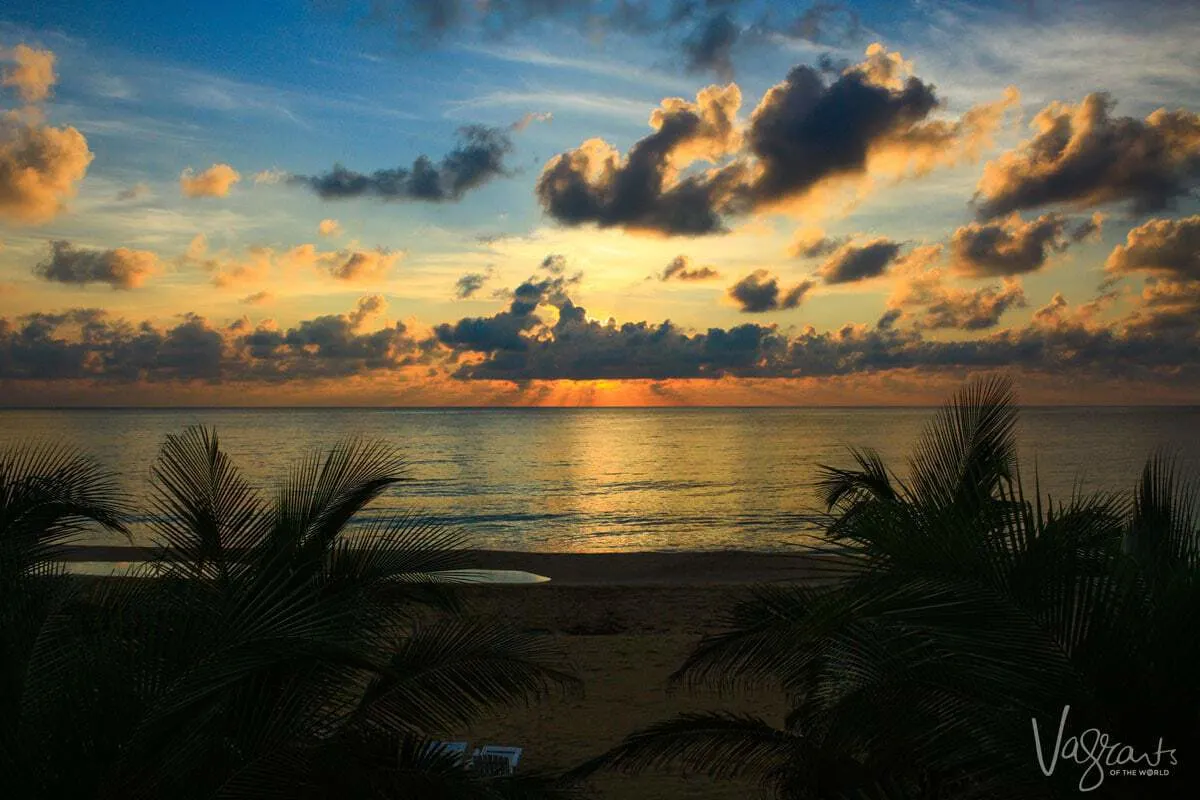
If you do require WiFi at your accommodation, Tranquilo Café and Desideri Café both have generators and free WiFi.
In place of modern amenities and connectivity, you’ll find yourself surrounded by hammocks swaying under palm trees, picturesque beaches, and relaxed little restaurants and bars. Here, you can indulge in incredibly affordable drinks and savor fresh fish and lobster.
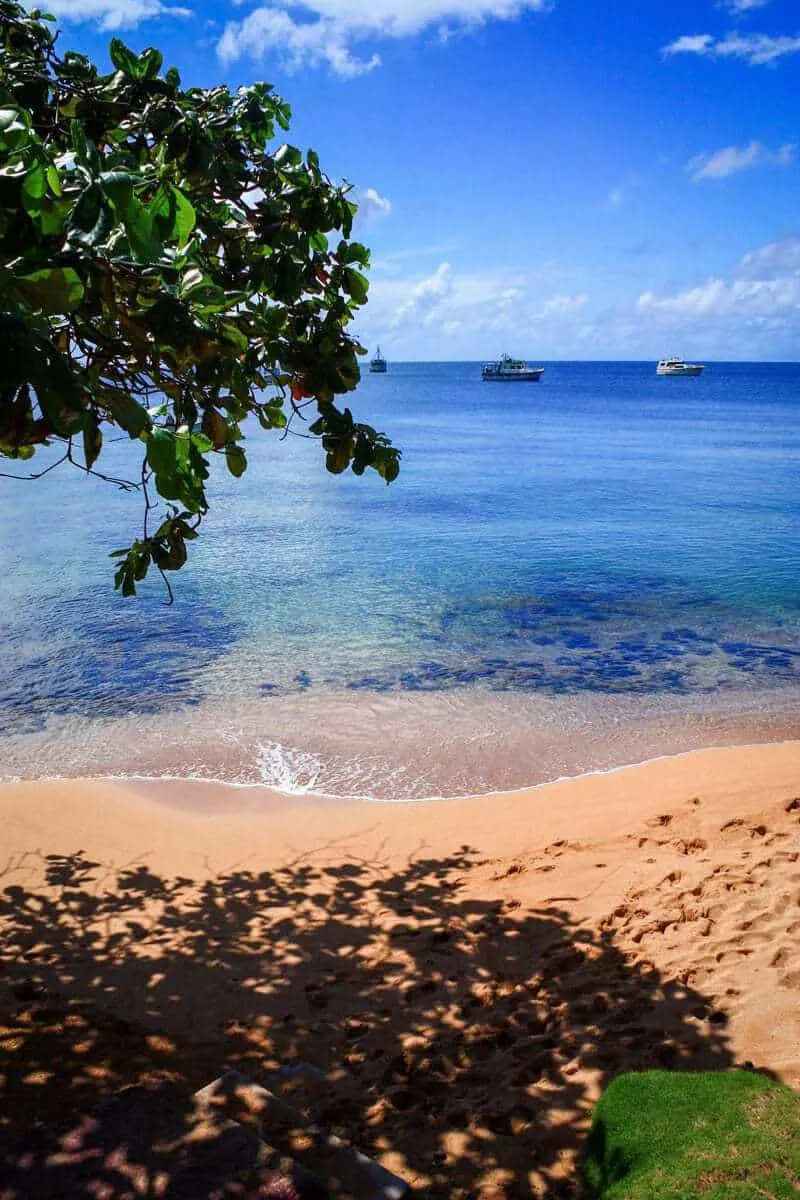
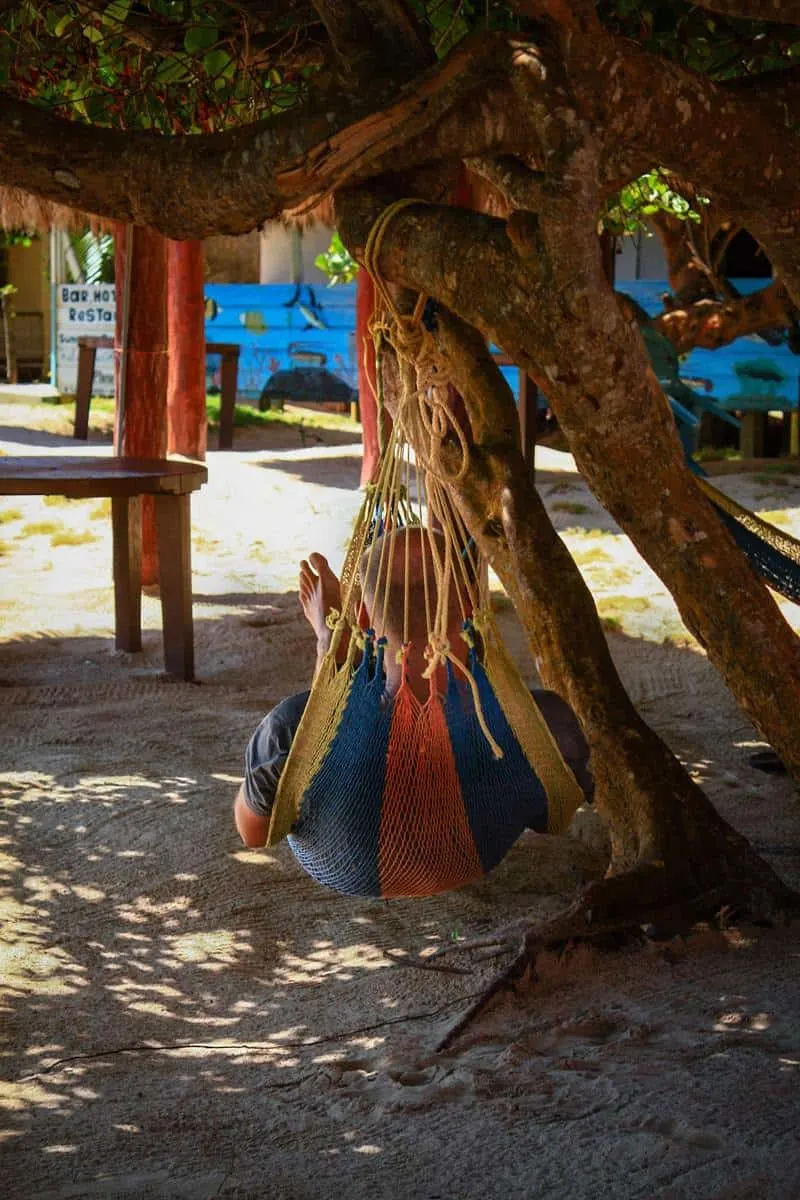
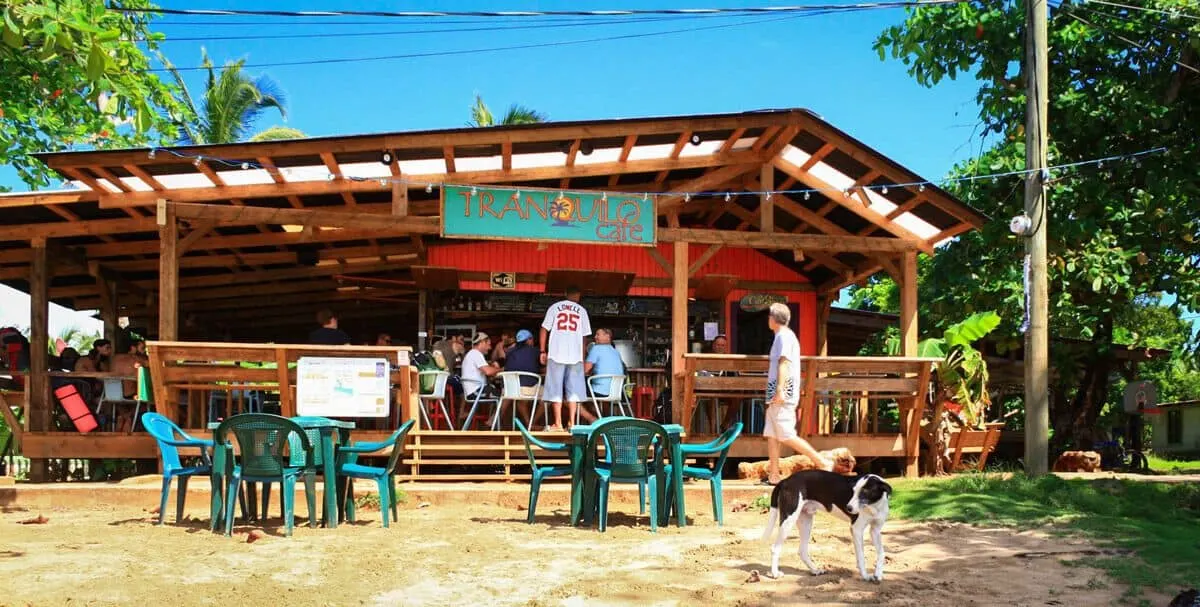
For us, the Corn Islands was a special and unique experience for the very reason peoples eyes light up when you mention them.
Even those who have never been, but know of them, seem to drift off to another place of lost island paradises yet to be discovered — a rare opportunity to truly switch off, relax and forget about the real world.
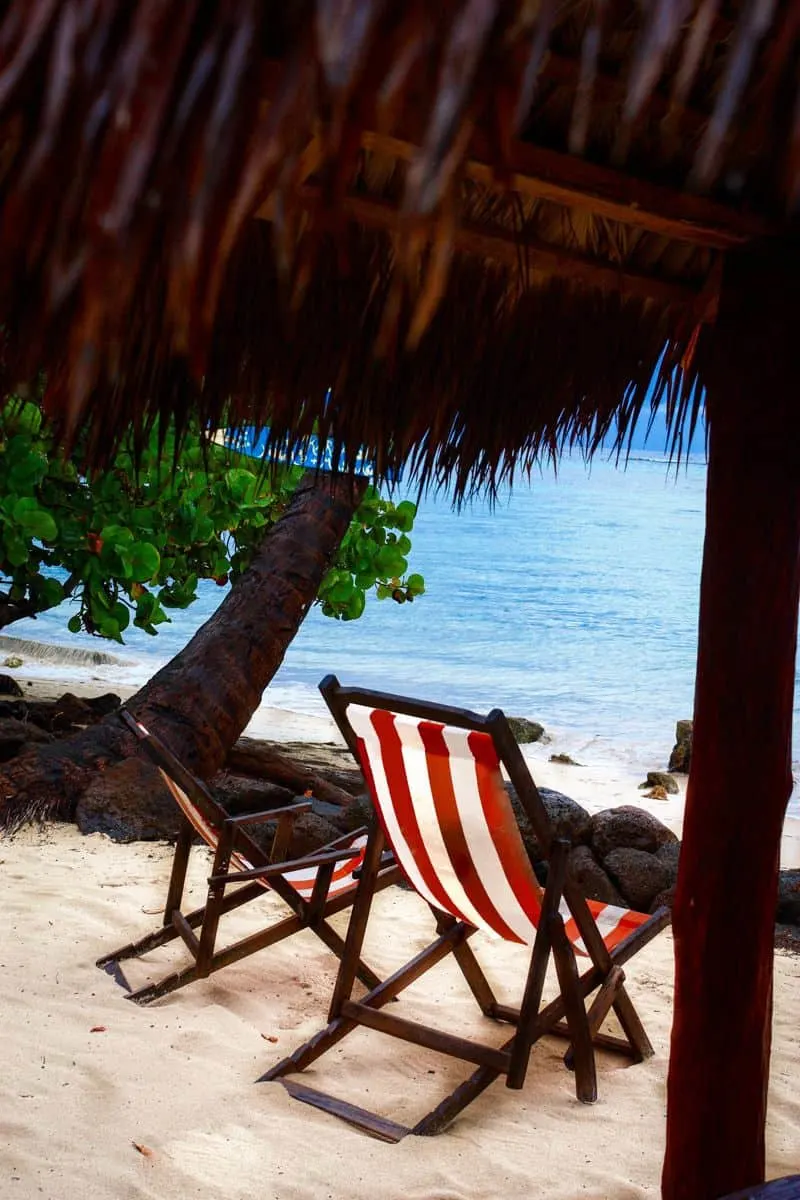
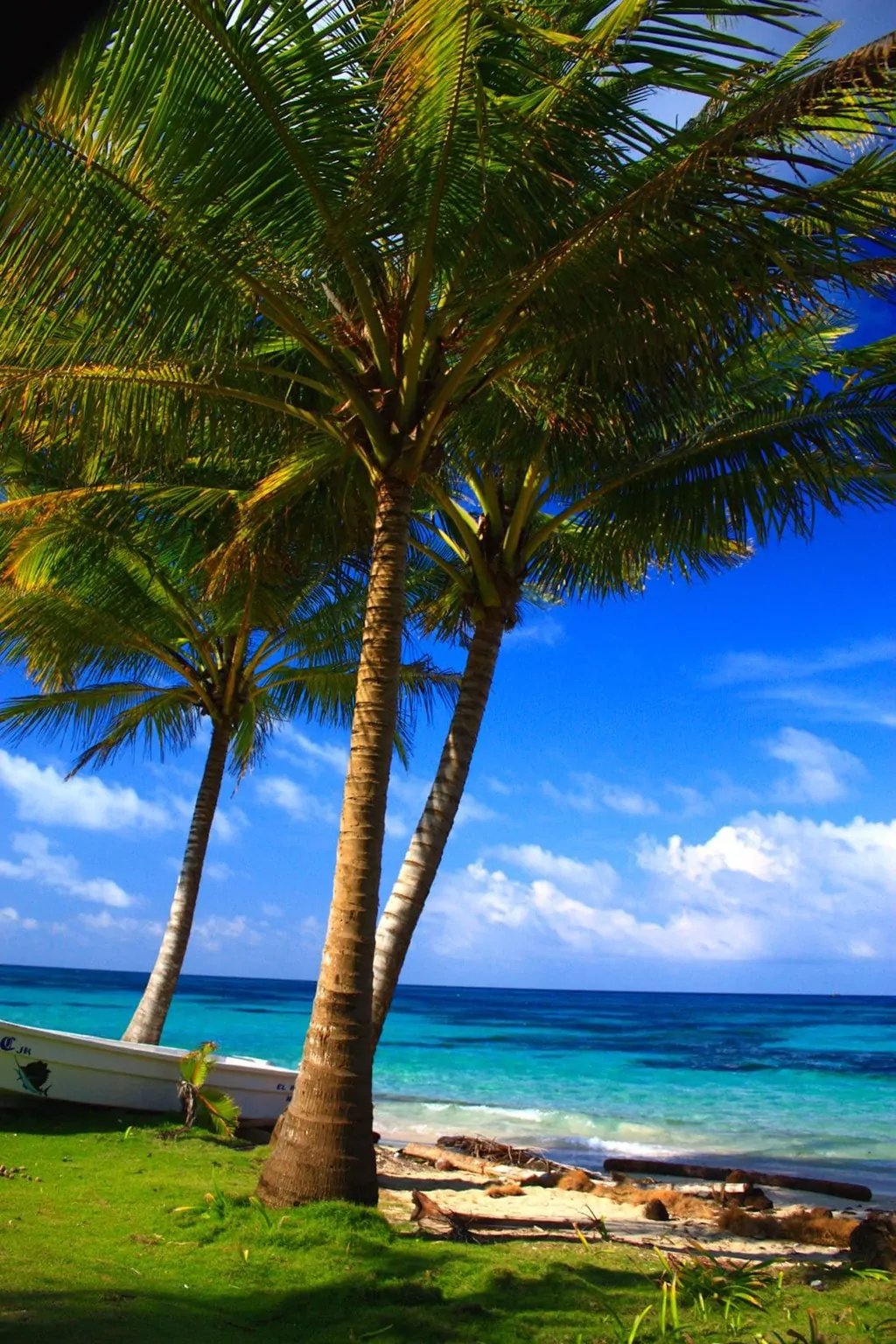
Logistics on the Islands
Shopping on the Corn Islands
There’s minimal shopping available on either island, so don’t count on finding even essential items.
You’ll primarily encounter small general stores, with Big Corn boasting a larger market-type store.
If you intend to cook on the island, it’s wise to stock up on staples at a supermarket before your arrival. Fortunately, fresh fish and lobster are abundant on the island.
ATMs on the Corn Islands
Big Corn Island does have an ATM, but it frequently runs out of cash. Additionally, many shops and restaurants do not accept cards.
Little Corn Island does not have an ATM, so it’s essential to ensure you have sufficient cash for your entire stay.
While the Nicaraguan Cordoba is the primary currency used on the Corn Islands, US dollars are also widely accepted.
What Type of Plug is Used on the Corn Islands
All of Nicaragua, including the Corn Islands, use the standard plug used in the United States so pack an adapter if required.
